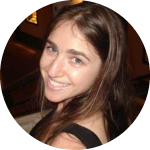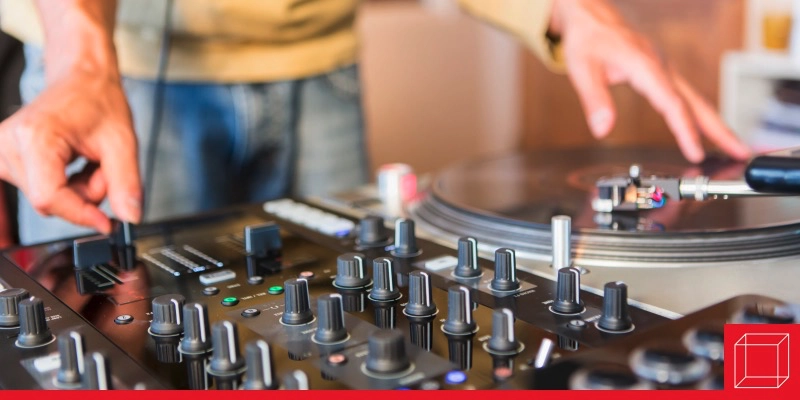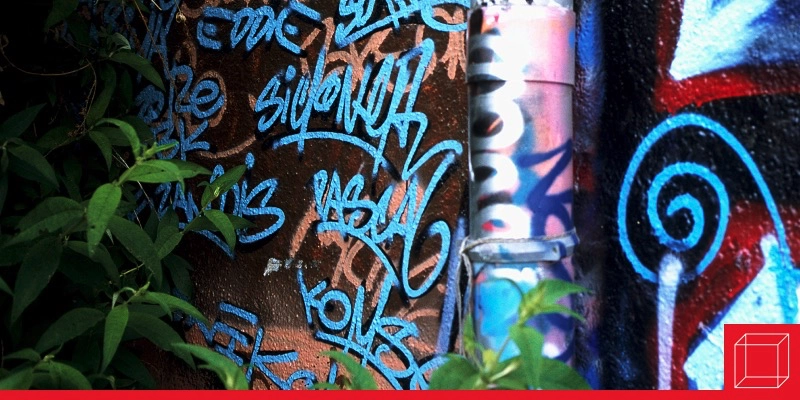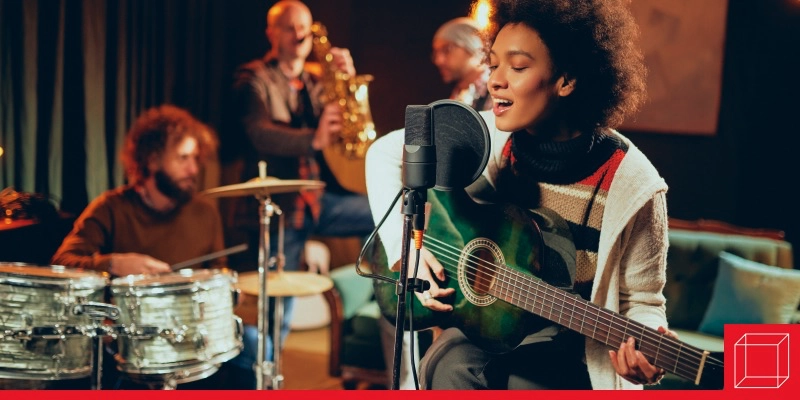Musical Innovation: The Importance of Diversification
Electronic music, sheet music, and traditional live music all have their place and meaning.
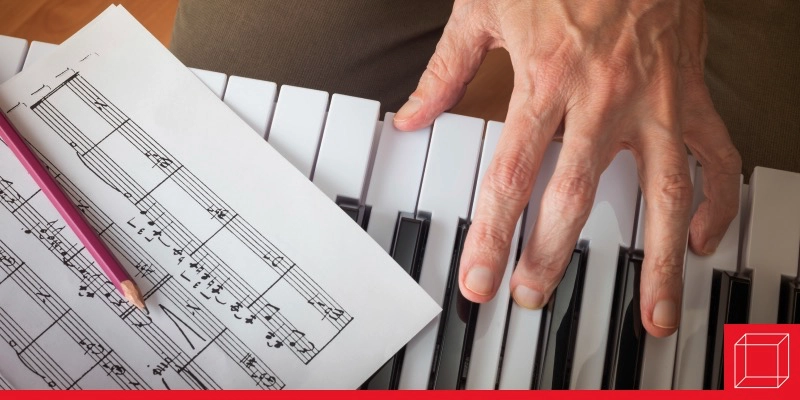
Two years ago, my ensemble wanted to perform an Oscar-winning film score. We reached out to the composer, and he was all in. He sent me a recording of the score to write out by ear. While I am capable of doing that, his score contained so many electronic sounds that I had to scrap the project. This experience demonstrated that film scores need to be adaptable to simple musical notation to be played by orchestras, chamber ensembles, jazz combos, and so on.
There is a long tradition of electronic music being performed on traditional live musical instruments. There are scores of programs available that allow composers to write electronically and later generate sheet music that trained musicians can read. The first electronic piece was a series of prerecorded sounds. The audience did not dig it. So, electronic music pivoted to include a live element—and then this musical genre took off. We mustn’t forget our past when it comes to innovating in music. Every great musician has taken something from a past musician’s playbook and modified it to suit the present. There is no greater example than John Williams, who has won 66 awards for his music. He has taken snippets of all of the best of classical music and incorporated them into his iconic film scores. (Did I mention that he writes using notation software?) He makes almost as much money on his sheet music as his film scores. It can be lucrative for composers to have sheet music available for all of their fans to learn. Consider the work of marching bands around the country that turn popular music into beautiful works of art through sheet music.
Sheet music is a billion-dollar industry in the United States alone. Across the industry, roughly 12 percent of gross income is attributed to sheet music sales (Stone, 2020). And if we can increase the number of people who play a musical instrument, that number will increase. It is also becoming more common to watch a film on the big screen with a live orchestra playing the music. If composers want film scores to be performed this way, they need to have sheet music for the musicians. Diversification is key, and musicians and composers looking to diversify should challenge themselves to learn many types of composition. The more diversified composers are, the more marketable they are and, while music is a labor of love, it is also musicians’ livelihood.
If you don’t read music, consider learning—it will open up a whole new world for you. There are several options when looking at electronic compositional tools. If you do read music, consider trying an electronic compositional tool that is not notation based. There are new products coming out daily that make it increasingly easy to transfer from sound to notation, like MIDI. Ableton is another good option that allows for exportation to and from MIDI to notation. You can always partner with an app maker or a programmer who is interested in creating a product that works for you. These kinds of collaborations are what move the industry forward. I mean, just look at Silk Sonic—progress!
Follow-up questions
Make a list of five songs that you’ve heard on the radio that include electronic composition.
What instruments stand out in those songs?
If you don’t currently play a musical instrument, which one would you choose to learn based on your picks from #2?
Reference
Stone, J. (2020, October 6). The state of the music industry in 2020. Toptal Finance Blog. https://www.toptal.com/finance/market-research-analysts/state-of-music-industry

